The Secrets of Iranian Cuisine You Need to Know!
WANA (Oct 17) – Imagine a land where people make history with the very food they eat. For Iranians, each bite is more than nourishment—it’s a narrative of culture, philosophy, and art. In Iran, cooking is not just an art; it’s a language, a way to express emotions, relationships, and even the philosophy of life. But these dishes aren’t just about flavor; each bowl and plate carries a hidden story within.
Take Fesenjan, for example, a rich, dark stew with intertwined sweet and sour flavors. Many believe this dish symbolizes reconciliation and harmony.
Historically, when Iranians wanted to bring two groups to peace, they would serve Fesenjan. The dish, made from crushed walnuts and pomegranate paste, blends contrasting ingredients to create a flavor that is both calming and invigorating.
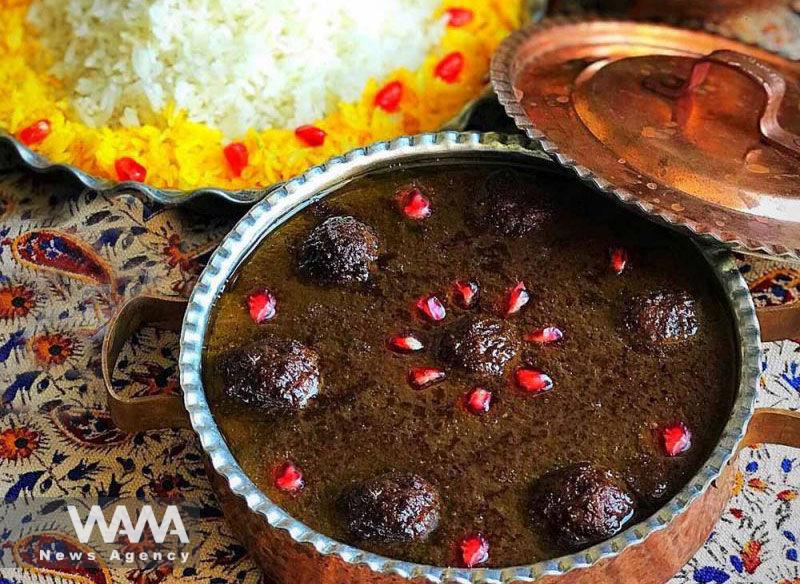
Fesenjan dark stew with intertwined sweet and sour flavors. Social Media / WANA News Agency
Or consider Abgoosht, also known as Dizi, a traditional stew made from lamb, chickpeas, beans, potatoes, and spices. Cooked in clay pots and served with bread, it may seem like a simple meal at first glance, but it’s actually a symbol of one of the oldest forms of social cooperation in Iran.
In the past, Abgoosht was cooked in public spaces, with passersby invited to share. It represents not only a meal to satisfy hunger but also a symbol of community and unity, where people come together to share stories of their lives.
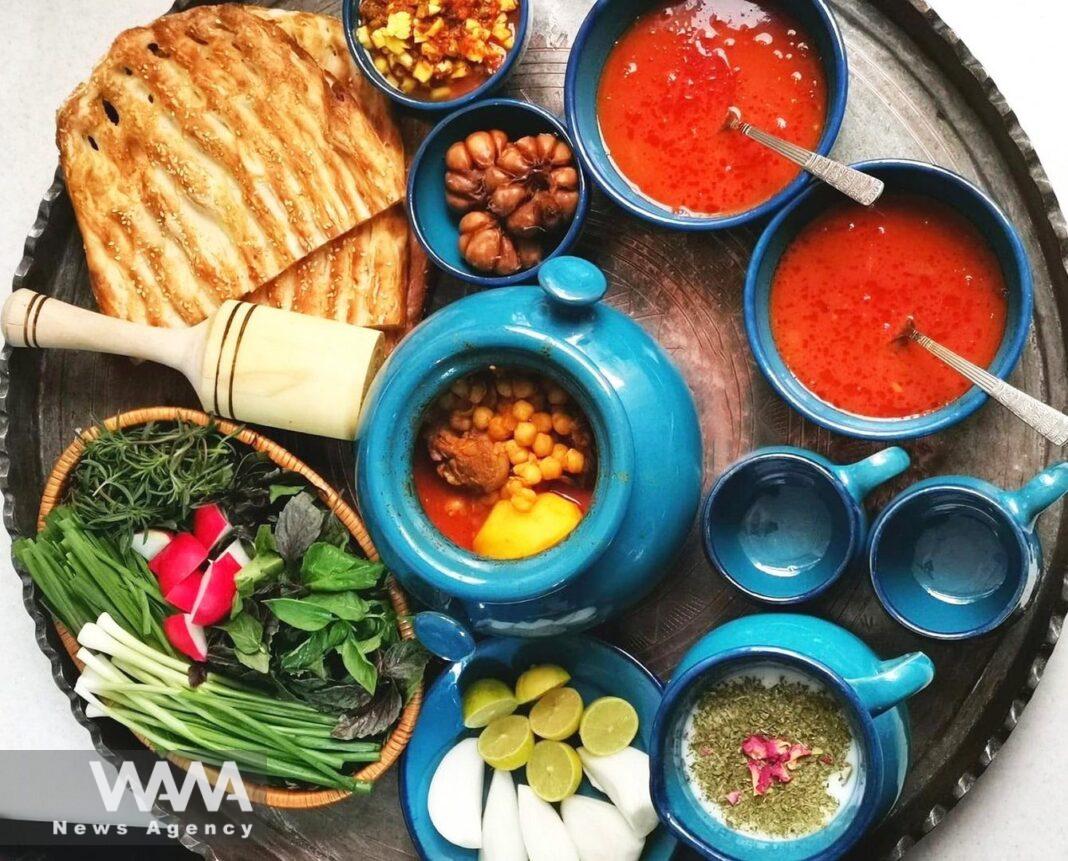
Dizi, a traditional stew made from lamb, chickpeas, beans, potatoes, and spices. Social Media / WANA News Agency
Now, think about Halva, a thick, sweet treat famous not just for its flavor but for the ceremonies in which it’s served. Made from flour, sugar, oil, saffron, and rose water, Halva is typically prepared during mourning rituals. Iranians believe eating Halva in times of grief symbolizes the comfort and sweetness that follow the bitterness of loss.
In fact, Halva is more than just a dessert; it’s a balm for the soul, offering a renewed sense of meaning to life and washing away life’s sorrows with its sweetness.
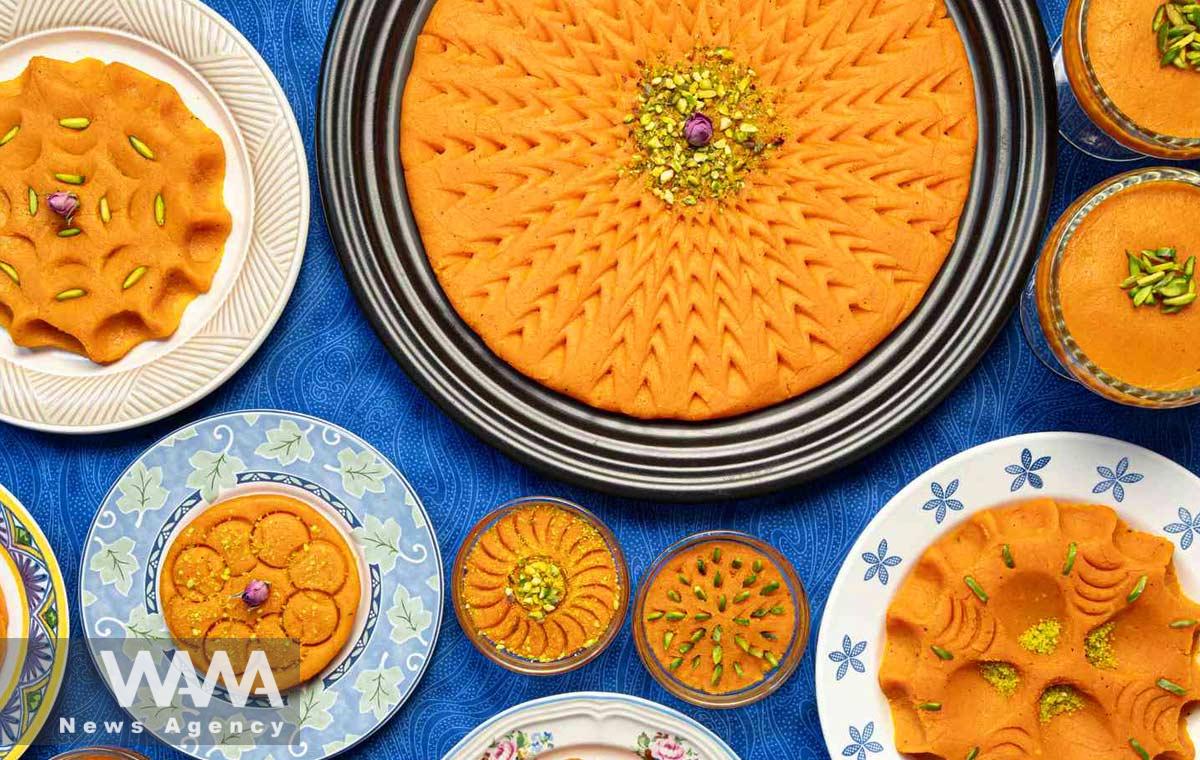
Halva Made from flour, sugar, oil, saffron, and rose water,which is typically prepared during mourning rituals, Social Media / WANA News Agency
If you’re in search of something more unusual, Sirabi might catch your attention. Made from the stomach and intestines of sheep, this dish is often served boiled with special seasonings. At first, you might wonder how such a dish could be delicious!
But for Iranians, Sirabi is more than just food—it reflects times when people in Iran learned to use every part of an animal, wasting nothing. While it might seem odd or unappealing to some, for Iranians, Sirabi is a symbol of creativity in hard times. It’s become an important part of Iranian cuisine, showing how a masterpiece can be made from almost nothing.

Sirabi Made from the stomach and intestines of sheep, this dish is often served boiled with special seasonings. Social Media / WANA News Agency
If you’re seeking even more adventurous flavors, you can’t ignore Kaleh Pacheh. This iconic Iranian dish, made from the head and feet of sheep, is one of the most famous traditional meals in Iran.
However, it’s also recognized as one of the world’s most “bizarre” foods. According to TasteAtlas rankings, Kaleh Pacheh is listed among the top 100 most bizarre dishes, alongside delicacies like “bat soup” and “century eggs.”
While it might seem strange to some, Iranians proudly serve Kaleh Pacheh for breakfast, with some believing that eating it gives both physical and mental strength!
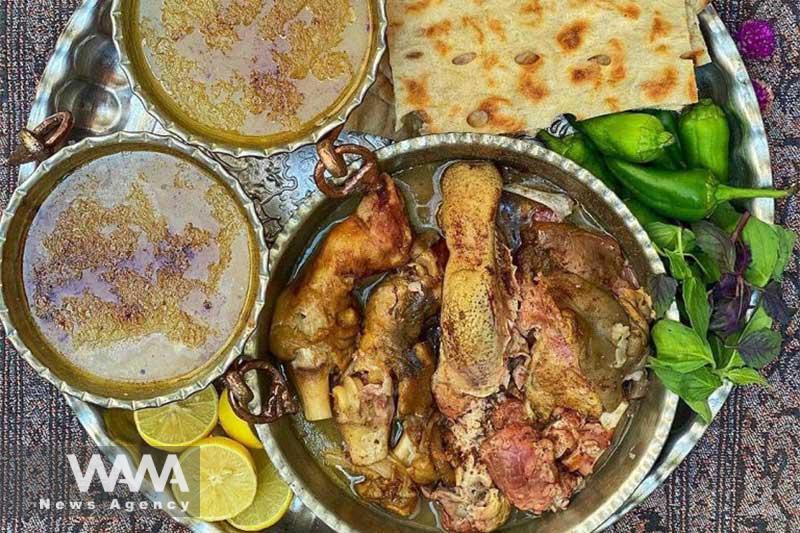
Kaleh Pacheh is listed among the top 100 most bizarre dishes, alongside delicacies like “bat soup” and “century eggs” . Social Media / WANA News Agency
Sholeh Zard, another well-known Iranian dessert, is made from rice, sugar, saffron, and rose water. Iranians often prepare this dessert during religious ceremonies and as an offering.
It symbolizes generosity and kindness. Some even believe that the purer the intention when cooking it, the better the taste and aroma will be. These small details show that Iranian foods aren’t just meant for eating—they’re part of a deeper spiritual and cultural tradition.
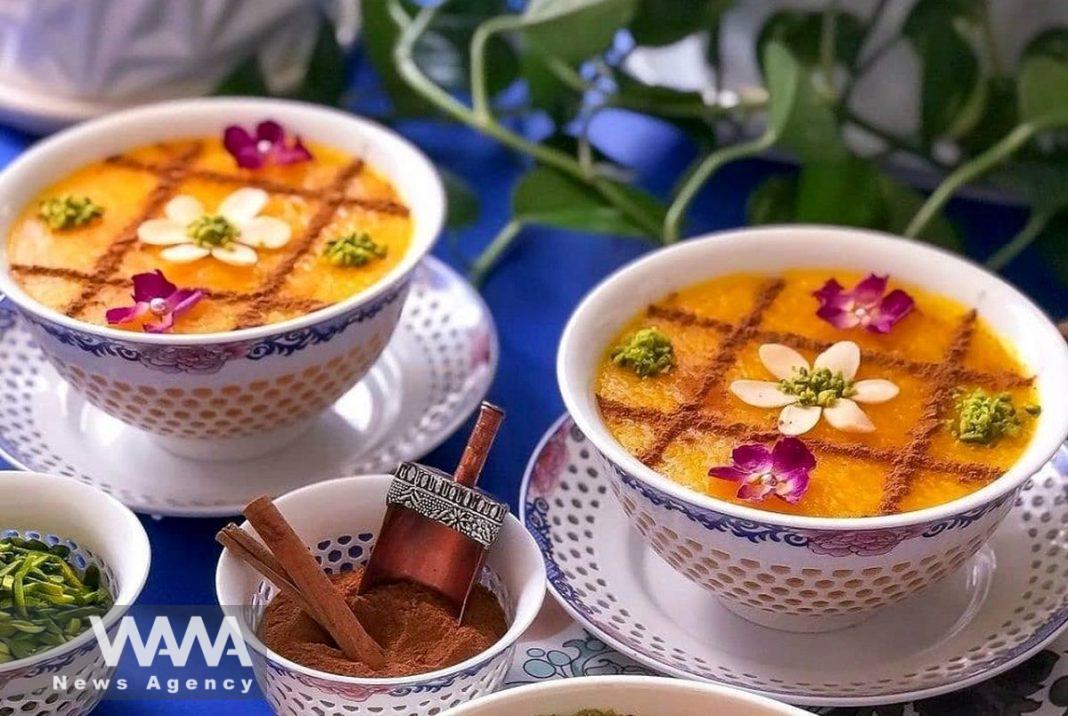
Sholeh Zard, Iranian dessert, made from rice, sugar, saffron, and rose water. Social Media / WANA News Agency
And of course, no mention of Iran would be complete without Torshi (pickles). Every Iranian family has its own recipe for Torshi, made from a mix of vegetables and spices.
These pickles represent the vibrancy and spice of life in Iranian culture. Interestingly, many Iranians believe that the more aged the Torshi, the better and more lasting its flavor—much like the traditions of this land that only grow richer with time.
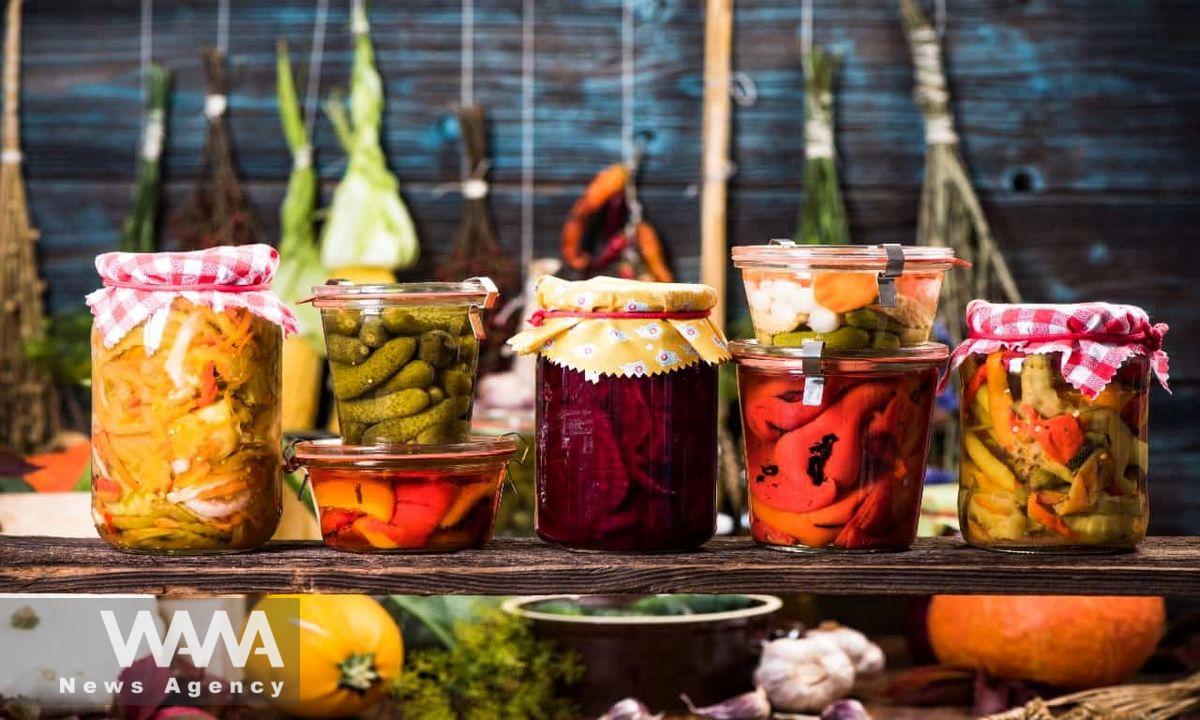
Every Iranian family has its own recipe for Torshi, made from a mix of vegetables and spices. Social Media / WANA News Agency
However, Iran isn’t just famous for its meat-based dishes like Kaleh Pacheh and Kebabs. Iranian cuisine also includes a wide variety of plant-based dishes that appeal to vegetarians.
Dishes like Mirza Ghasemi (a smoky eggplant dish with garlic, tomatoes, and eggs) and Kashk-e-Bademjan (eggplant with fermented whey and mint) are just two examples of the many vegetarian delights that showcase the rich diversity of Iranian food.
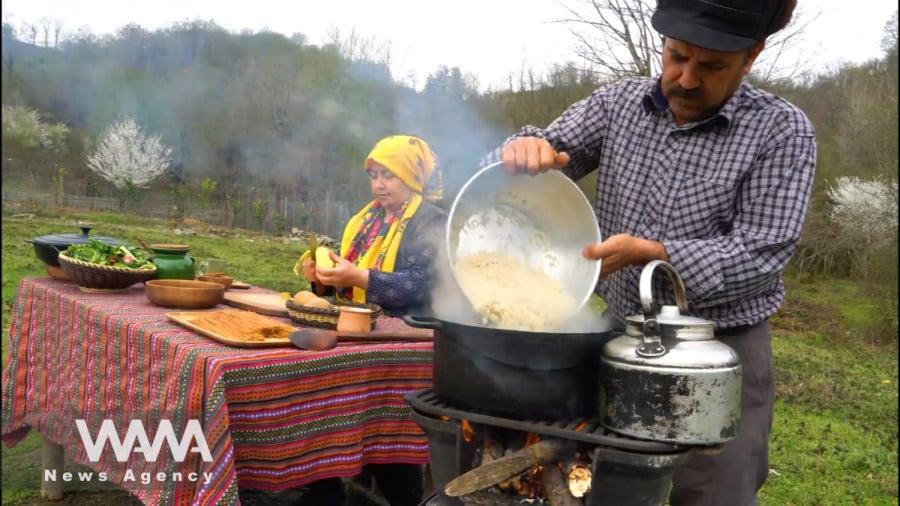
In Iran, cooking is not just an art; it’s a language, a way to express emotions, relationships, and even the philosophy of life. Social Media / WANA News Agency
World Food Day gives us a chance to explore the treasures of Iranian cuisine. If your mouth is watering after reading about this wide range of flavors and you’re ready to pack your bags, all you need is a round-trip ticket to Iran. Book now and get ready for a feast of thousands of flavors—and who knows, maybe Kaleh Pacheh will end up on your list of favorites too!













